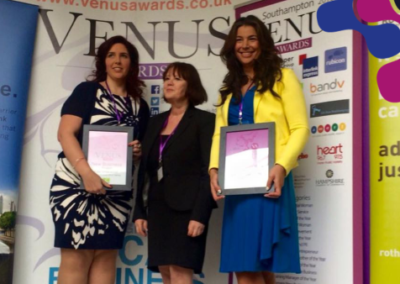Another UK Heatwave ….
With temperatures set to soar again this week, a new report highlights the dangers of extreme high temperatures, which it says are a threat to health and wellbeing and reduce economic productivity.
Health and Safety – Legal Requirements for Employers
There is no law for maximum working temperatures – or when it is too hot for work which is a bit crazy and I would think needs to be reviewed. However, the HSE states that:
Employers must stick to health and safety at work laws, including:
- keeping the temperature at a comfortable level, sometimes known as thermal comfort
- providing clean and fresh air
What is Thermal Comfort?
So the cliff notes version of this is that there are 6 basic factors that can cause Thermal Discomfort.
- They are split into two areas – Environmental Factors and Personal Factors
- Environmental Factors
- Air Temperature – Can you add in fans, do you have AC can you open doors and windows to create a breeze.
- Radiant Temperature – Examples of radiant heat sources include: the sun; fire; electric fires; ovens; kiln walls; cookers; dryers; hot surfaces and machinery, molten metals etc- could you put up some blinds to help with windows – if you work in kitchens can you create a breeze to help with the heat for example. Or maybe have a supply of ice lollys 🙂
- Air Velocity – This describes the speed of air moving across the employee and may help cool them if the air is cooler than the environment. Fans are a good option for this or if you are lucky enough to have it AC.
- Humidity – If water is heated and it evaporates into the surrounding environment, the resulting amount of water in the air will provide humidity. If you have employees in non-breathable PPE, then the humidity inside the garment for example is a lot higher than outside. Make sure they have less time in non – breathable PPE and more breaks which will keep them productive.
- Personal Factors
- Clothing Insulation – Making sure that there is enough reasonable adaptations to the PPE/Uniform to allow employees to either make them warmer or cooler. Make sensible adjustments for uniform but ensure you are still legal with the PPE side.
- Metabolic Heat – The more physical work we do, the more heat we produce. The more heat we produce, the more heat needs to be lost so we don’t overheat. The impact of metabolic rate on thermal comfort is critical. Ensure anyone doing physical work has additional breaks and cool drinks are available.
You might see more breaks as being unproductive but just think if you have been out in the garden doing some weeding in the sun and then come indoors for a cool drink – you instantly feel better and cooler and then you go back out and door some more but if you stayed out there you would get slower and slower.
The HSE advise employees to speak to their employer if the workplace temperature is not comfortable but lets make sure they don’t have to do that.
Take a look at our previous Blog on 5 Ways To Keep Your Employees Cool.
Please get in touch if you need any support or advise during this time – especially if you have pregnant employees who may need some additional measures to keep them cool.
Stay safe and cool.
Venus Awards 2016: Important Finalist Announcement
Kate Underwood HR & Training Venus Awards Finalist 2016 New Business
Do Small Businesses Need To Issue A Contract Of Employment?
Do I need to issue a contract of employment Kate Underwood HR & Training Dorset Hampshire
4 Great Ways CSR Can Benefit Your Small Business
Are the benefits for CSR just for the big corporates or can SME’s benefit?






